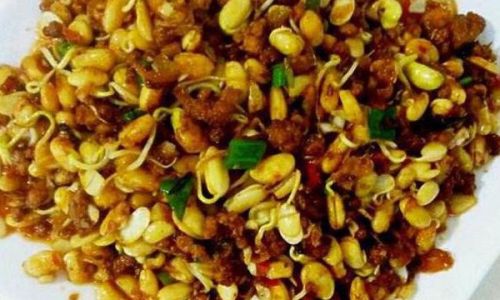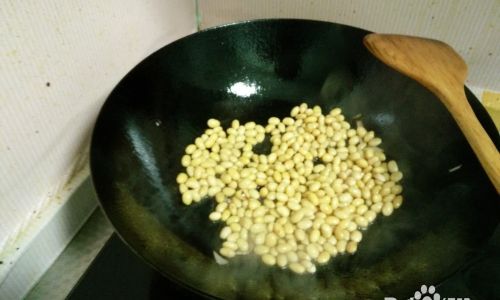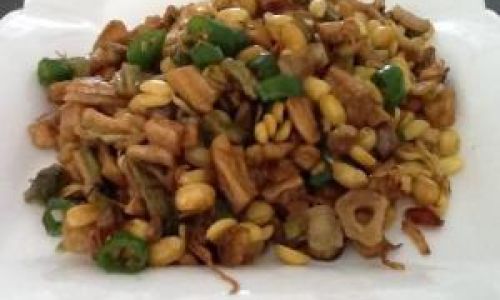Table of content
Marinating pork slices is a culinary technique that transforms an ordinary piece of meat into a dish bursting with flavor and tenderness. Whether you’re preparing a quick weeknight stir-fry or a gourmet grilled feast, the right marinade can elevate your pork from bland to extraordinary. This article delves into the science and creativity behind marinating pork slices, exploring ingredients, techniques, and tips to achieve restaurant-quality results at home.
The Foundation of a Great Marinade
A well-balanced marinade combines acid, fat, seasonings, and aromatics to tenderize the meat, infuse flavor, and create a caramelized crust when cooked. The key is to strike a harmony between these elements without overpowering the pork’s natural taste.
Acidic Components
Acids like vinegar, citrus juice, or wine help break down tough muscle fibers, making the meat tender. However, excessive acidity can turn the meat mushy. For pork slices, opt for mild acids such as rice vinegar, lime juice, or pineapple juice (in moderation, as tropical fruits contain bromelain, an enzyme that can over-tenderize).
Fat
Fat carries flavor and prevents the meat from drying out during cooking. Oil (sesame, vegetable, or olive), yogurt, or coconut milk are excellent choices. Yogurt, in particular, adds a subtle tang and helps the marinade adhere to the meat.
Seasonings and Aromatics
Soy sauce, fish sauce, oyster sauce, or Worcestershire sauce contribute umami depth. Fresh herbs (cilantro, basil, or mint), garlic, ginger, and chili flakes add complexity. Sugar (brown sugar, honey, or maple syrup) promotes caramelization, creating a golden, crispy exterior.

Tenderizing Agents
Baking soda is a secret weapon for ultra-tender pork. A pinch mixed with water creates an alkaline solution that raises the meat’s pH, breaking down proteins. However, use it sparingly—too much can leave a soapy aftertaste.
Step-by-Step Guide to Marinating Pork Slices
Choosing the Right Cut
Pork tenderloin, loin, or shoulder (butt) works best for slicing. Tenderloin is lean and quick-cooking, while shoulder offers more marbling and flavor. Trim excess fat but leave a thin layer to keep the meat juicy.
Slicing Technique
Slice the meat against the grain into thin, even pieces (¼-inch thick). This shortens muscle fibers, ensuring tenderness. Partially freezing the pork for 30 minutes makes slicing easier.
Velveting (Optional)
A Chinese technique called “velveting” involves marinating meat in a mixture of egg white, cornstarch, and oil. The cornstarch creates a protective coating, sealing in moisture during cooking. While optional, this step guarantees silky-smooth results.
Marinating Time
- Quick Marinade (15–30 minutes): Ideal for thin slices. Use acidic ingredients sparingly.
- Standard Marinade (1–4 hours): Allows flavors to meld without over-tenderizing.
- Overnight Marinade (8–12 hours): Best for thick cuts or robust flavors. Avoid marinating pork in highly acidic mixtures overnight, as it may toughen the meat.
Mixing the Marinade
Combine ingredients in a non-reactive bowl (glass or plastic). Avoid metal, which can react with acids. Whisk thoroughly to emulsify fats and acids.
Example Marinade Recipe:
- 2 tbsp soy sauce
- 1 tbsp rice vinegar
- 1 tbsp honey
- 1 tsp sesame oil
- 2 garlic cloves (minced)
- 1 tsp ginger (grated)
- 1/4 tsp baking soda (optional)
- 1 tbsp cornstarch
- 1 tbsp neutral oil
Cooking Methods to Complement Marinated Pork
Stir-Frying
High heat sears the meat quickly, locking in juices. Heat a wok or skillet until smoking, add oil, then cook pork in batches to avoid steaming.
Grilling
Marinated pork slices are perfect for kebabs or skewers. Grill over medium-high heat for 2–3 minutes per side, basting with reserved marinade (boiled first to kill bacteria).
Pan-Searing
A cast-iron skillet achieves a crisp crust. Sear pork in a hot pan with oil, flipping once.
Baking
For tenderloin, roast at 400°F (200°C) until the internal temperature reaches 145°F (63°C). Baste with marinade during cooking.
Common Mistakes to Avoid
-
Over-Marinating:
Acidic marinades can toughen meat if left too long. Stick to recommended times. -
Using Too Much Salt:
Soy sauce or fish sauce adds saltiness. Taste the marinade before adding extra salt. -
Crowding the Pan:
Cook pork in batches to prevent steaming. Overcrowding lowers the pan’s temperature, resulting in gray, soggy meat.
-
Skipping Resting Time:
Let marinated pork rest for 5–10 minutes after cooking to redistribute juices.
Creative Marinade Variations
Spicy Sichuan-Style
Add Sichuan peppercorns, chili bean paste, and star anise to the marinade. Serve with steamed buns and pickled vegetables.
Honey-Garlic Glaze
Replace soy sauce with honey, garlic, and rice vinegar. Grill and brush with additional honey during the last minute of cooking.
Lemongrass and Coconut
Infuse coconut milk with lemongrass, lime zest, and cilantro. Pair with jasmine rice and mango salsa.
Herb-Crusted Pork
Mix fresh rosemary, thyme, and parsley with olive oil and Dijon mustard. Roast until caramelized.
Pairing Suggestions
- Vegetables: Bell peppers, broccoli, snap peas, or mushrooms (stir-fried or roasted).
- Sauces: Oyster sauce, hoisin, or a drizzle of chili oil.
- Starches: Jasmine rice, noodles, or crusty bread.
- Beverages: Light beers, Riesling, or green tea.
The Science Behind Tender Pork
Marinating is both an art and a science. Proteins in meat are long chains of amino acids. Acids and enzymes (like those from pineapple or papaya) break these chains, making the meat tender. However, overdoing it disrupts the protein structure, resulting in a mushy texture.
Baking soda works by raising the meat’s pH, which denatures proteins without relying on acid. This method is faster but requires precise measurement.
Troubleshooting Guide
-
My pork is tough:
Overcooking or using a lean cut without sufficient marbling. Try a fattier cut like pork shoulder or cook to medium doneness. -
The marinade didn’t penetrate:
Slicing against the grain and using a tenderizer like baking soda or cornstarch helps. -
Burnt exterior, raw interior:
High heat sears the outside quickly. Lower the heat or slice the meat thinner.
Conclusion
Marinating pork slices is a gateway to culinary creativity. By understanding the interplay of acids, fats, and seasonings, you can tailor flavors to suit any dish. Experiment with global spices, adjust marinating times, and don’t shy away from unconventional ingredients like coffee or miso. The perfect marinade turns a simple protein into a memorable meal—one that lingers on the palate and invites compliments from dinner guests. So grab your apron, sharpen your knife, and let the sizzle of marinated pork slices fill your kitchen with promise.






0 comments